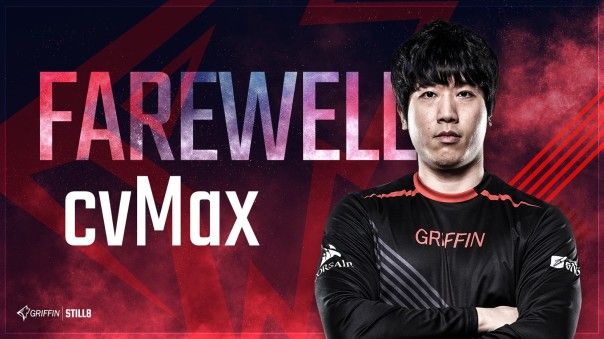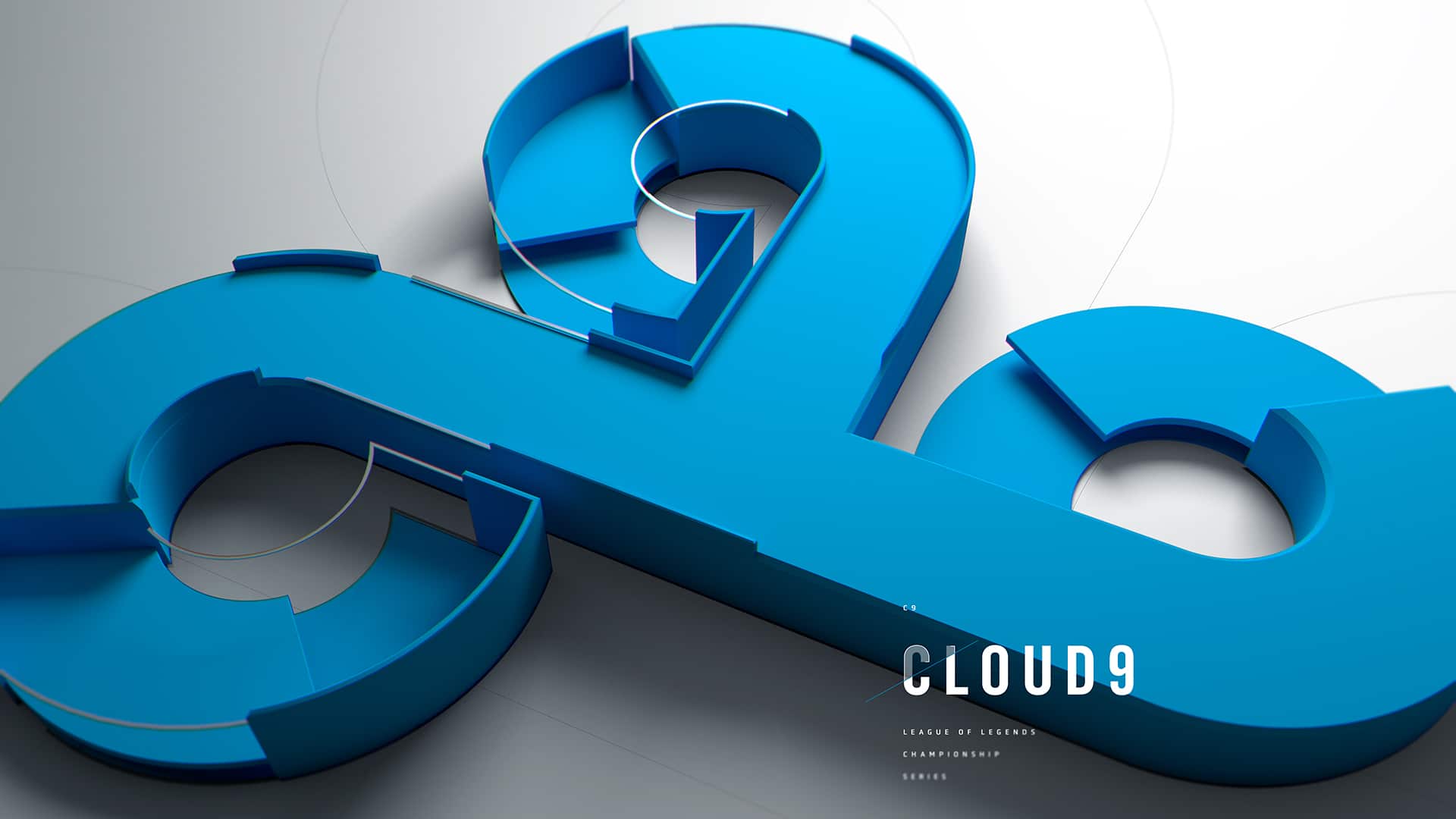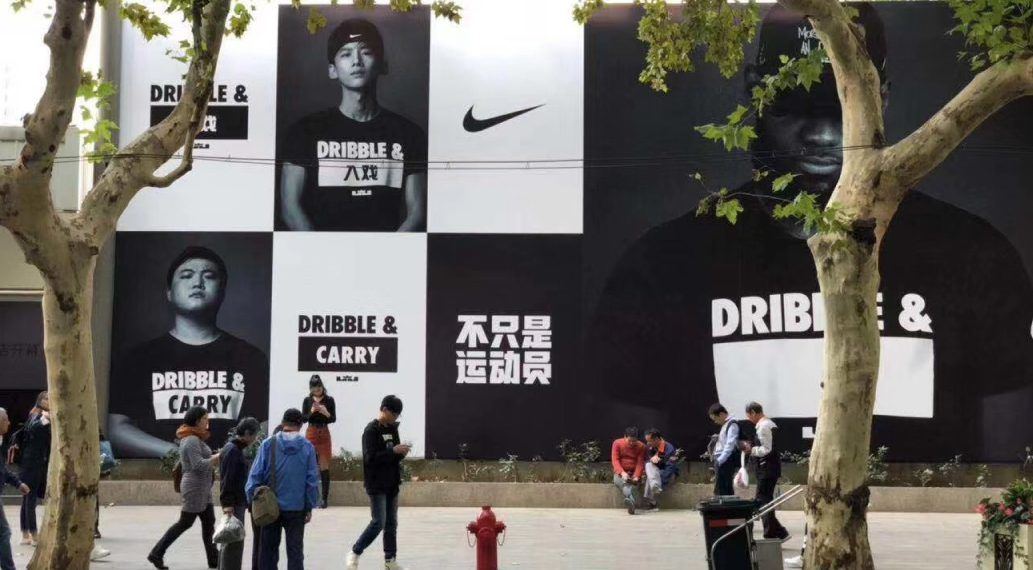This is part 2 of a 4 part series on Esports.
Esports are commonly referred to as the “wild west” of sports law, a market where the rules are still being defined even with hundreds of billions of dollars on the line. When esports were first emerging as a tangible phenomena around the world in 2012 and 2013, there were almost no rules to govern them. Even after the floodgates opened and viewership, mainstream acceptance, and money began to explode, a global stigma against video games—exemplified by the saying “they’ll rot your brain”—prevented a lot of people from paying attention to this emerging market. As a result, esports law and regulatory oversight—particularly for player contracts and multinational organization and access—have lagged far behind esports’ global reach.
Koreans were the first to recognize that esports required oversight when they created KeSPA in 2000. KeSPA was an organization that sought to establish some basic rules for all esports at the national level, mainly for broadcasting rights and players contracts, and was the model for most of the other national regulatory bodies that have emerged. Yet the rest of the world trailed far behind, and the next regulatory body, the United Kingdom eSports Association, was founded in 2014. China followed not long after with the Association for Chinese Esports.
The lack of regulatory bodies has caused growing pains for esports players, particularly for those who played in esports distributed by “hands off” developers. Regulatory investigation and oversight for those esports currently falls to individual tournament providers who need to seek developers’ permission to use their games due to intellectual property right laws. Developers often do a cursory check, but not a thorough review.
As a result, teams who win tournaments in games that rely heavily on privately operated tournaments, such as DOTA 2, occasionally run into payout problems. Northern Arena, one of the largest esports tournament organizers in Canada, was accused of withholding a portion of the payout money for their DOTA 2 tournament, largely due to lack of funds. As of June of 2017, the Malasian ASEAN Games for Esports tournament of 2016 still had not paid its winners. Without regulatory bodies to oversee the myriad of privately organized esports tournaments, this branch of esports will likely continue to face serious problems.
Alternatively, “hands on” developers have created strong internal oversight rules and have become the major regulatory bodies in their particular esport. This poses the problem of the developers’ hegemonic control over their own games. If Riot Games is the intellectual property rights owner, the developer, the professional league organizer, and the sole regulatory body of its sport, what is to stop them from abusing those positions? Fortunately for players, developers have addressed this issue by establishing internal branches of their respective companies to focus solely on oversight.
However, this does not mean that “hands on” development is free of issues. There are still occasional examples of player mistreatment despite developers’ strict rules and oversight committees. Jeon “Dara” Jeong-hoon, a professional League player from Japan for example, criticized Riot Japan for failing to hold his team, Rampage, accountable for poor working and living conditions. In a more recent and high profile incident, Riot banned the head coach of Korean superstar team GRIFFIN, Kim “cvMax” Dae-ho, from all Riot-affiliated events in response to his abuse of his players. More recently however, Riot announced that it was deferring the punishment on its ruling against cvMax due to a significant public outcry against the decision; 200,000 signed a petition criticizing the LCK, Riot’s subsidiary tournament operator in Korea, and KeSPA. As a result, Riot is initiating a 3rd party review of the punishment and allowing cvMax to continue his activities for the time being.

It would seem that the rise of governmental organizations like KeSPA, UKeSpa, and ACE would solve some of these problems, but this has not been the case. Esports are global sports because entire regions are grouped together on servers. League of Legends’ EU West server covers most of Western Europe, while their NA server covers the US and Canada. Having national oversight could create conflicts between a developer’s rules and those of other countries. If the UKeSPA, for example, set the minimum age for competing in esports to 21 and the KeSPA set the minimum age to 18, could an 18 year old Korean player compete in an international tournament held in the UK?
For now, these problems are unlikely to arise, as all esport governmental regulatory bodies for esports have failed epically. The UKeSPA declared bankruptcy a year after its inception and the ACE was dissolved after becoming infamous for placing its Chinese players in atrocious working conditions. KeSPA has been slightly more successful, but Riot Games still intervened in Korea to advocate for players’ welfare and minimum contracts. Rather than developing regulatory bodies themselves, governments are allowing developers to police esports. Instead, these individual governments are creating esports offices to provide legal support for their national players.
Although governments are not focusing on esports organization, a number of groups that are. Currently, all professionally played video games fall under the category of esports no matter their individual rules. Thus, creating a systematic regulatory format for all of them is nearly impossible. Instead, organizations are trying to bring all esport organizations under the same banner, just as all national soccer leagues come together under FIFA. The World Esports Association, Professional Esports Association, and the International Esports Federation are some of the groups vying for the top spot in international esports oversight and organization. As the global governing organization of esports, an association could postulate a general framework of rules for all esports organizations to follow broadly, with developers supplementing the rest with game-specific organizational requirements.
In the meantime, the most pressing esports developments have revolved around a central dilemma: players’ rights. This problem is best highlighted in players’ contracts. In the European Union and the United States, players must be at least 18 years old to enter a contract, while in other areas, such as Scotland, they can do so at 16. In the beginning of esports, players fell under contracting law because their only form of revenue came from tournament winnings. As teams have increased their control over player’s schedules and conduct however, players are being labeled as employees. This creates a legal ambiguity that has the potential to cause problems. There are multiple parties who can theoretically be called employers, including the teams, the individual leagues—a player competing in North America cannot simultaneously stream in Korea—and the publishers themselves. The current solution has been for publishers to dictate the standards for teams that want to compete in their leagues, and the teams in turn incorporate those conditions into their player contracts.
Player trading complicates this system. Like other global team sports, esports franchises can trade players across national and league lines. In order for players to compete internationally, they must acquire visas for their destination country, generally ones specifically for competing athletes. The fact that esports is not a fully accepted category of employment or athleticism impedes this process. In 2015, the denial of Swedish Super Smash Bros Melee player William Hjelte’s American P-1 visa caused a massive outcry. This incident resulted in a petition of 117,000 signatures to officially label esports players as athletes––which didn’t happen. Even esports with historically higher success rates often face obstacles. Danish player Mads “Broxah” Brock-Pedersen, acquired by Team Liquid in the league’s off season, had visa difficulties during his move from the European circuit to the North American circuit, which prevented him from competing in the first four weeks of the LCS spring split.
As this lack of regulatory clarity takes place within the context of a lucrative global market, it raises questions about who benefits and who doesn’t. According to the Newzoo Project, a video game market tracker, the global esports market will exceed US$3.2 billion by 2023. By all accounts, esports finally cracked the mainstream as of 2018 and 2019. In late 2019, both Cloud9 and TeamSoloMid were tied as the most valuable organizations in esports, valued at US$400 million apiece. Team Liquid was a close third with US$320 million. Most of the top organizations are North American and European, mainly because diversification of esports has been slow outside of those regions. Korean organizations, for example, tend to specialize in one particular esport, although that trend is gradually changing.

Recently, esports teams have begun to attract big names from the traditional sports world. Michael Jordan joined the ownership group for Team Liquid in 2018, and Robert Kraft, owner of the New England Patriots, bought the Boston-based Overwatch team for US$20 million. Corporations are jumping in as well. Around the world, companies like Audi, Louis Vuitton, Nike, Adidas, and even Tinder are pouring money into esports sponsorships. The fragmentation of esports only increases the amount of money in the market. Individual players, teams, and leagues can be sponsored independently of each other in a stacking fashion. According to Naz Athelata, the global head of Riot Esports partnerships, the next non-gaming brands to enter the scene will be fast food restaurants, male grooming, and clothing. This prediction is already coming true. McDonalds sponsors Overwatch teams in Australia, and Louis Vuitton collaborated with Riot to create virtual and real-life cosmetic lines.
While it is clear how organizations and their investors profit from esports, it is less clear how the players benefit. Although many believe that esports players live posh lives, making millions while sitting at their desk playing video games, the reality is very different. Players are subject to arbitrary treatment from their teams and have limited leverage when it comes to their position. For example, Cloud9 sparked controversy by removing Zachary “Sneaky” Scuderi from their starting roster and requiring him to compete for his starting spot.
Currently, a significant portion of players rely on donations as their primary form of income. Initially, these donations were mainly from small donors who watched the players through streaming platforms. However, these donations are increasingly marginalized by the extravagant sponsorship and endorsement spending given by corporations for marketing purposes. Just as traditional athletes can sell their name, image, or likeliness to a company for advertising, so too can esports athletes. Recently, Nike used the image of Jian “Uzi” Zi-Hao, a player for the Chinese League of Legends team RNG, on a billboard promoting Michael Jordan’s movie Shut Up & Dribble in China.

That said, some players are better off than others. Certain esports, including League, have instituted significant salaries for players. In some of the most competitive regions, such as the US and China, players can receive monthly salaries between three and five thousand US dollars. In the League’s North American circuit, the LCS, players are paid salaries comparable to players in the Major League Soccer (MLS) circuit. In other games however, players may earn money from competing in tournaments, but that’s conditional rather than guaranteed. In DOTA 2, teams that do not win the prize pool of The International are left to their own devices to cobble together earnings from the disparate grassroots tournaments organized throughout the year. In this environment, even the auxiliary jobs, such as commentators, referees, and studio managers, are weakened. As a result, professional esports players rely on the developers to create structures wherein their teams can provide regular salaries, namely an organized league and competitive season, and whatever corporate sponsorships they can get.This brings us to the bottom line: esports, for all their international growth and interest, are still vessels for their developers to promote their games. The professional leagues are maintained and developed by for-profit entities, which operate accordingly. The next part of this four-part series will explain many of the broad concepts introduced here, using League of Legends as an example to highlight the global reach of the world’s most popular esport.
Click here to read Part 3, highlighting how all of the processes outlined in these first two parts function in a case study.




